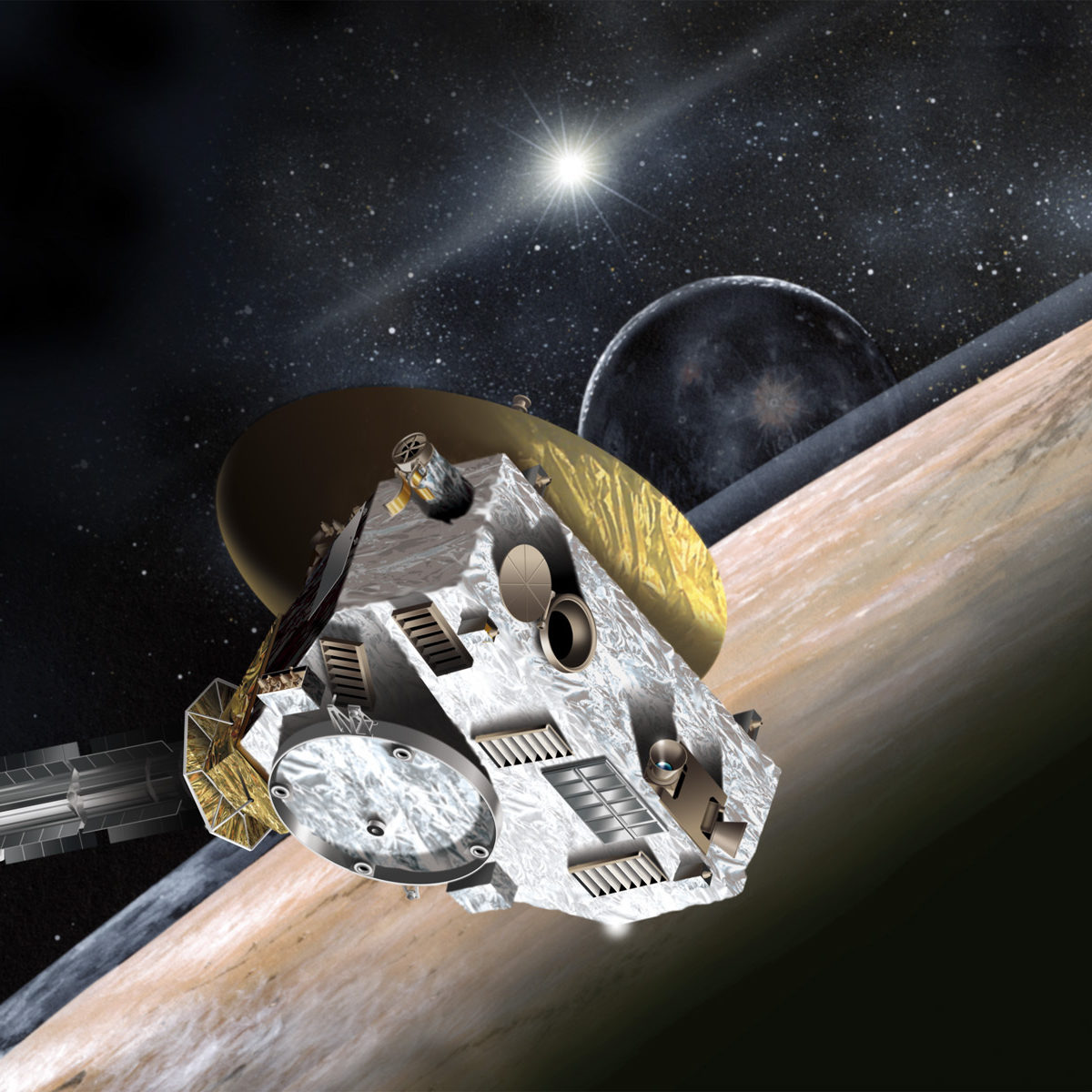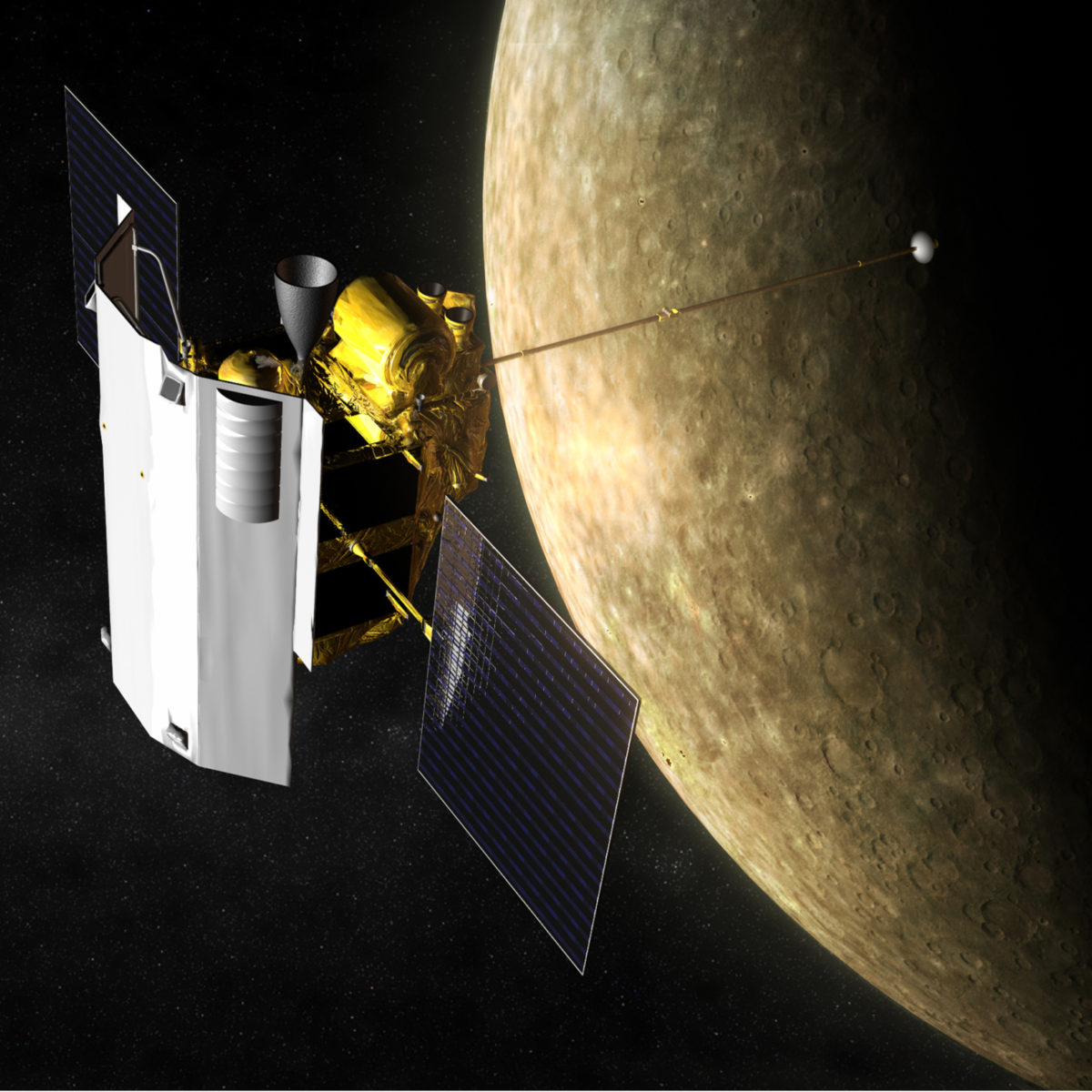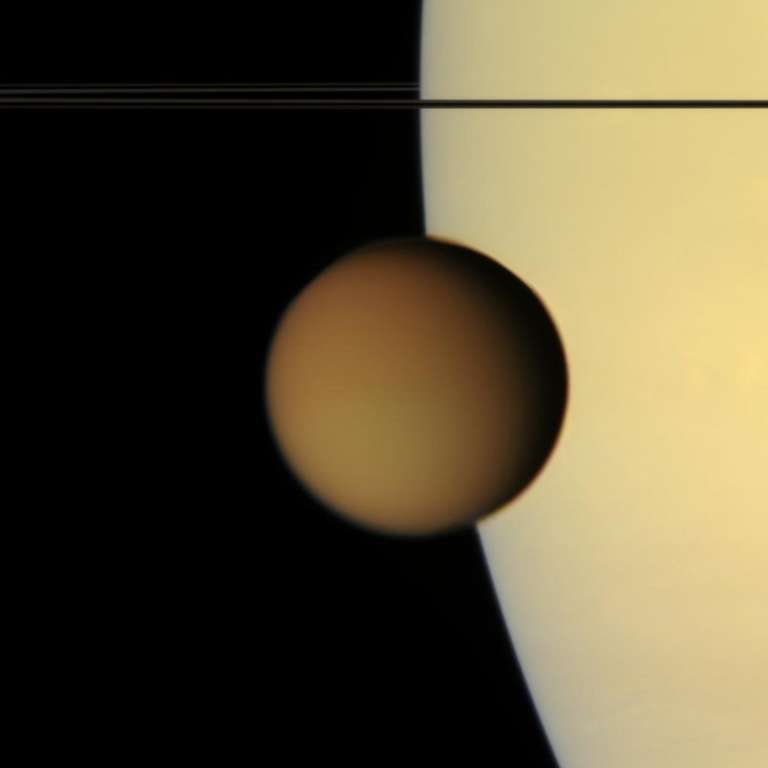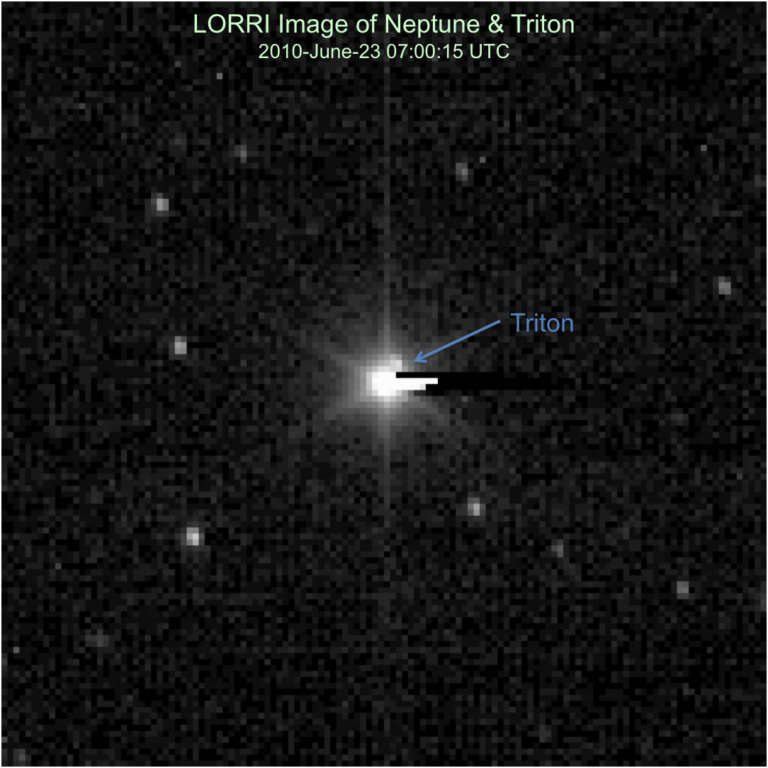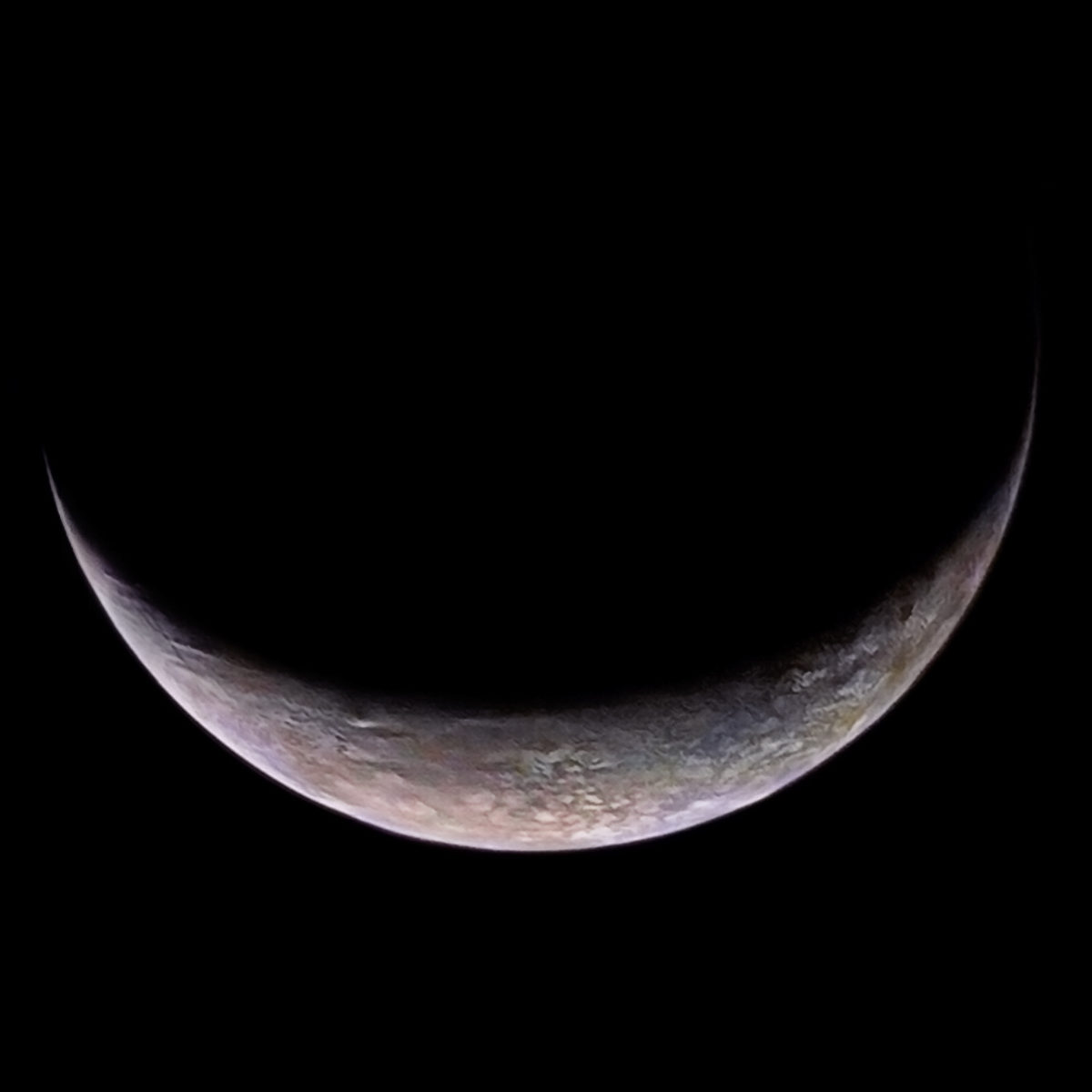All
All
Stories, updates, insights, and original analysis from The Planetary Society.
New Horizons workshop, day 1: Chemistry & climate on Pluto & other cold places
Today and tomorrow I'm attending the New Horizons Workshop on Icy Surface Processes. The first day was all about the composition of the surface and atmosphere of Pluto, Charon, Triton, and other distant places.
The most exciting citizen science project ever (to me, anyway)
A guest blogger here recently rounded up the large number of participatory research projects that are collectively known as citizen science. I think these are all very cool and I encourage you to check them out but none of them has yet inspired me to spend my precious time as grunt labor on a gigantic collective project. Until now.
The scale of our solar system
Space.com has taken advantage of the infinitely scrollable nature of Web pages to produce a really cool infographic on the scales of orbital distances in the solar system.
365 Days of Astronomy Podcast: What's up in the second quarter of 2011
Regular readers of this blog will find the content of today's 365 Days of Astronomy Podcast familiar, because it's an update on what the solar system exploration spacecraft are up to, based on my monthly
What's up in the solar system in April 2011
April 2011 will see MESSENGER begin the science phase of its orbital mission at Mercury, and should, I think, also see the start of Dawn's approach observations of Vesta. At Mars, Opportunity is back on the road again, rolling inexorably toward Endeavour. At Saturn, Cassini will continue its focus on Saturn and Titan science.
LPSC 2011: Day 3: Moon, Mars, and Venus
Wednesday morning included some interesting conversations. Notably, I spoke with Pamela Gay, who is responsible for the MoonZoo citizen science program and who is presently working on developing a site through which the public will be able to help search for potential Kuiper belt objects for the New Horizons mission to encounter after the Pluto flyby.
What's up in the solar system in March 2011
I don't think there's any question what the big event of this month will be: MESSENGER is finally, finally entering orbit at Mercury on March 18 at 00:45 UTC (March 17 at 16:45 for me).
Report from the 2011 New Horizons Science Team Meeting
The annual New Horizons Science Team Meeting was held last week at NASA's Ames Research Center.
Bye bye, Kodachrome, but "Kodak moments" will live on in space
This week is the end for Kodachrome film. It's a casualty of the digital revolution.
Neptune from two slightly different perspectives
Coincidentally, two new images of Neptune were posted today, from two very different sources.
New Horizons images Jupiter again
Three years after New Horizons flew past Jupiter on its way to Pluto, the spacecraft has imaged the giant planet again.
Volcanism across the solar system: Io
Three months ago, grandiosely, I announced that I was going to survey volcanism across the solar system, and I began the journey on Earth. Then I failed to follow up.
Report #2 from the New Horizons Science Team Meeting
The second report by Ted Stryk from the New Horizons science team meeting, focusing on the search for Kuiper belt object (KBO) targets.
Report #1 from the New Horizons Science Team Meeting
The New Horizons science team is meeting this week. Ted Stryk was invited to attend the meeting, and he sent the following notes from the first day.
The Phoebe ring
Last week, planetary astronomers Anne Verbiscer, Michael Skrutskie, and Doug Hamilton published a paper in Nature succinctly titled
Ever Plan Ahead? How About Six Years Ahead?
Despite still being more than six years and just over 18 Astronomical Units from the Pluto system, the project team for New Horizons is conducting the second and final portion of our Pluto Encounter Preliminary Design Review (EPDR) tomorrow and the next day.
What's up in the solar system for the week of May 12
It's time to check in on what's going on with our trusty robots around the solar system.
What's up in the solar system for the week of April 28
I thought it would be fun to start the week by taking stock of what's going on with all the active planetary missions out there.
Frame a Pluto portrait
As New Horizons continues its journey (it's now approaching the orbital distance of Saturn, though it's very far from that planet in space), the mission is taking advantage of the recent experience with the Jupiter flyby to plan out the science operations for the Pluto-Charon encounter.
New Horizons now aimed directly at Pluto
This afternoon Alan Stern posted to unmannedspaceflight.com that New Horizons has successfully completed the trajectory correction maneuver that lines the spacecraft up for its July 14, 2015 encounter with Pluto.


 Explore Worlds
Explore Worlds Find Life
Find Life Defend Earth
Defend Earth


 Sun
Sun Mercury
Mercury Venus
Venus Earth
Earth Mars
Mars Jupiter
Jupiter Saturn
Saturn Uranus
Uranus Neptune
Neptune Small Bodies
Small Bodies